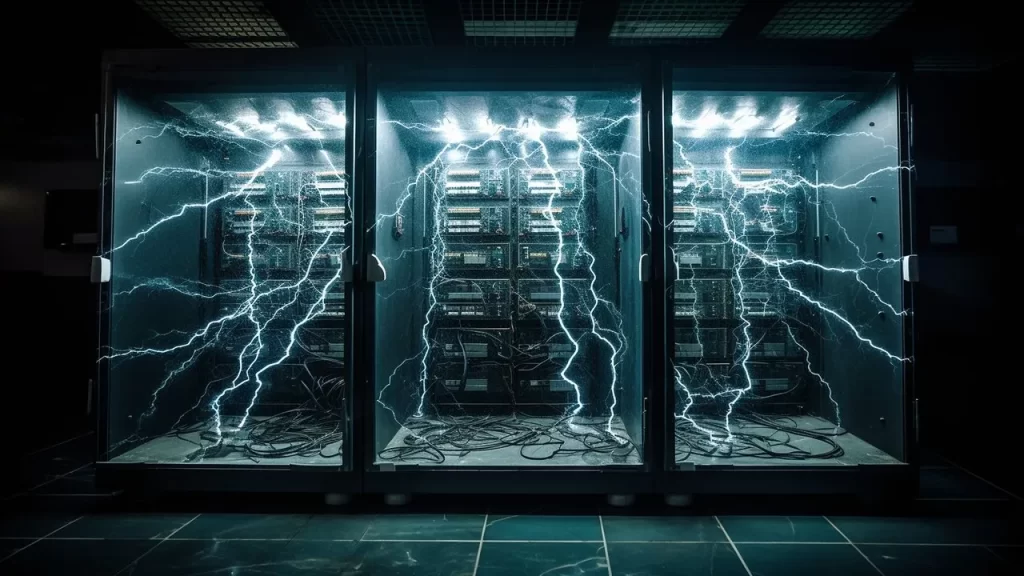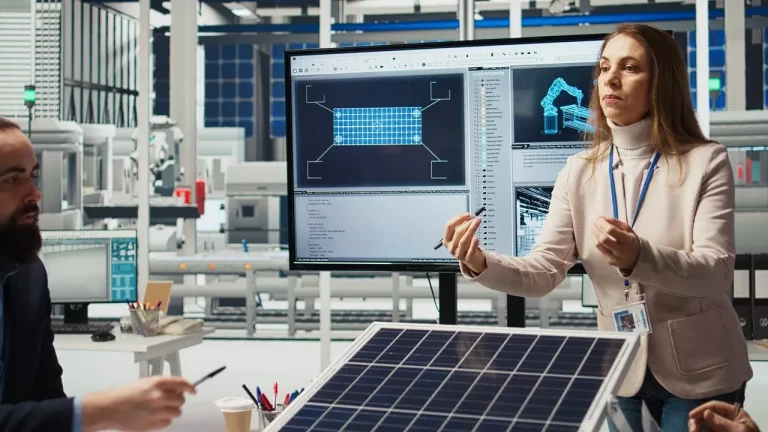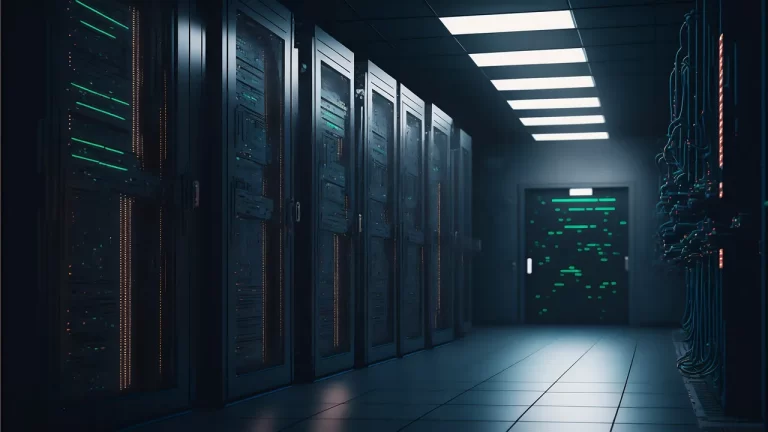AI technologies have advanced recently to a level that has seen great development of data centers in the United States. This trend is putting much pressure on utilities to expand capital investment to address rising energy requirements. Companies like Exelon are in the engineering of more than 5 GW of data center capacity; its subsidiary, ComEd, is getting orders for some of the transmission equipment in advance through deposits. Similarly, American Electric Power (AEP) committed new letters of intent about increasing the capacity of the supply to 15 more gigawatts to data centers by the end of the decade. These facts are encouraging, pointing to the fact that the utilities are ready to embrace the growth of the data center market.
Nevertheless, this has some implications, which are given below: According to the Electric Power Research Institute, data centers could use about 9% of the total electrical energy generation capacity in 2030, which is two times more than at present. It should be noted that many AI applications are notably more demanding as far as power consumption goes in contrast to conventional computing tasks. Utilities are now compelled to add this increase with other measures to ensure that it achieve the mark while being environmentally and economically sustainable.
Utility Spending Soars in Response to Data Center Demand
Due to the growth in the use of artificial intelligence and data centers, utilities in the United States have greatly ramped up their spending. In the southwest of Pennsylvania, power plant outfit manufacturers Hitachi Energy and Mitsubishi Electric Power Products are among those that are building more power factories to satisfy the demand for high-voltage facilities. These include announcements of a $70 million expansion of the operation of its value chain by Hitachi Energy at the Mount Pleasant factory and an $86 million investment in a new switchgear factory by Mitsubishi in Beaver County. These expansion plans serve to meet the expected 2% per year increase in electricity demand which up to 2026, is expected to be met by new semiconductor plants, battery factories, and data centers.
However, this spending on utility expenses has some drawbacks. This implies the need for an expansion of energy infrastructure that should not exacerbate the problems of environmental degradation and depletion of natural resources. Utilities have an immense challenge of achieving the capacity for electricity generation while at the same time having to embrace clean energy to be able to meet all the regulatory standards as well as the populace’s demands.
The Gap Between Requested and Real Capacity
Though utilities get many requests for power interconnection needs from data centers, the supply that actually comes online is less. For example, with regard to the data center development and AI infrastructure, the U.S. Department of Energy (DOE) has identified 16 federal sites where it is looking for input on power needs and timelines. This policy seeks to utilize federally owned ground and assets for the increasing energy needs of the data centers.
Nevertheless, there is still a linkage between the power demanded by the data center operators and the power that is ultimately installed. This is something that has raised questions about the strategies used by utilities in planning and the implementation of resources. Another reason that the accuracy of forecasted actual demand is important is that the overdevelopment of infrastructure could be financially costly, and the underdevelopment of infrastructure is operationally costly.
AI and Tech Evolution May Lower Future Energy Requirements
Several changes have predicted that the latest additions in the use of AI technologies can increase the ability to improve the energy usage of data centers. Specifically, the IEA explains that notwithstanding a growth in electricity demand in AI data centers in the next five years by over 125 TWh, AI could also change the energy industry by optimizing electricity transmission grids and industrial processes. Nevertheless, the IEA added that ‘‘only about 50% of the energy demand of AI might be met with renewable sources,’’ thus underlining the need to consider sustainable energy.
Such advancement could improve the physical processing and cooling of data, hence increasing the overall efficiency of data centers with an improved per-unit energy use. Although the effect on energy demand will only be deterministic by the level and rate at which these improvements are achieved with the help of artificial intelligence.
Economic and Policy Uncertainty Threatens Project Timelines
It has become increasingly turbulent due to the current changes in policies and leadership, where the new President of the United States of America has implemented new tariffs. These tariffs, especially for steel and aluminum that affect Mexico and Canada, will further put an additional increase of 3% to 5% on the construction cost of commercial projects, which might force developers to think twice and even cancel or postpone their data center projects.
Also, the current administration’s efforts to bring back the coal industry and make coal a ‘critical mineral’ and a preferred fuel for the data center that powers AI technology have not been received well by the leaders of the tech industry, who have advocated for renewable energy sources. Such changes in the policy may also lead to conflict between the government’s energy management plans for organizations and the ICT sustainability objectives of technology firms.
Lack of National Tracking Creates Blind Spots
Currently, there is no easily accessible central database on data center projects in the United States, thus hindering efforts to assess the growth in power demand. This is because lack of detailed data can result in overestimation or underestimation of human demand for energy for future endeavors, especially in planning for infrastructure, among other aspects among utilities comprising policy makers. According to the industry players, there is an urgent need to establish a protocol to enhance reporting that will otherwise obscure the situation.
The absence of tracking may cause inefficiency in the utility’s investment decisions because it is difficult for them to match the demand for a particular service or product to what the utilities are developing. Due to this, an implementation of a tracking system that will specifically be national can work to improve the planning and resource allocation in the various countries.








